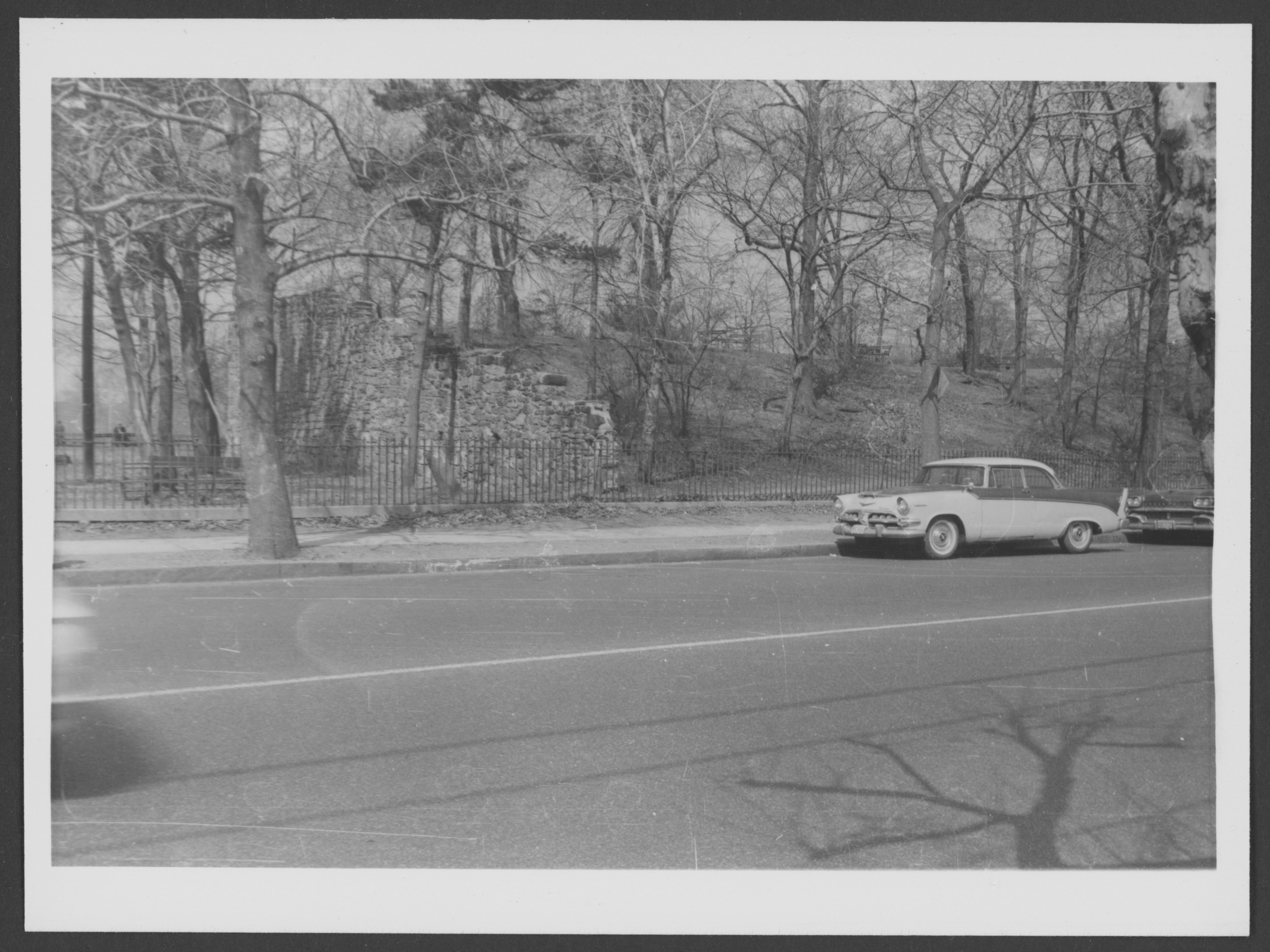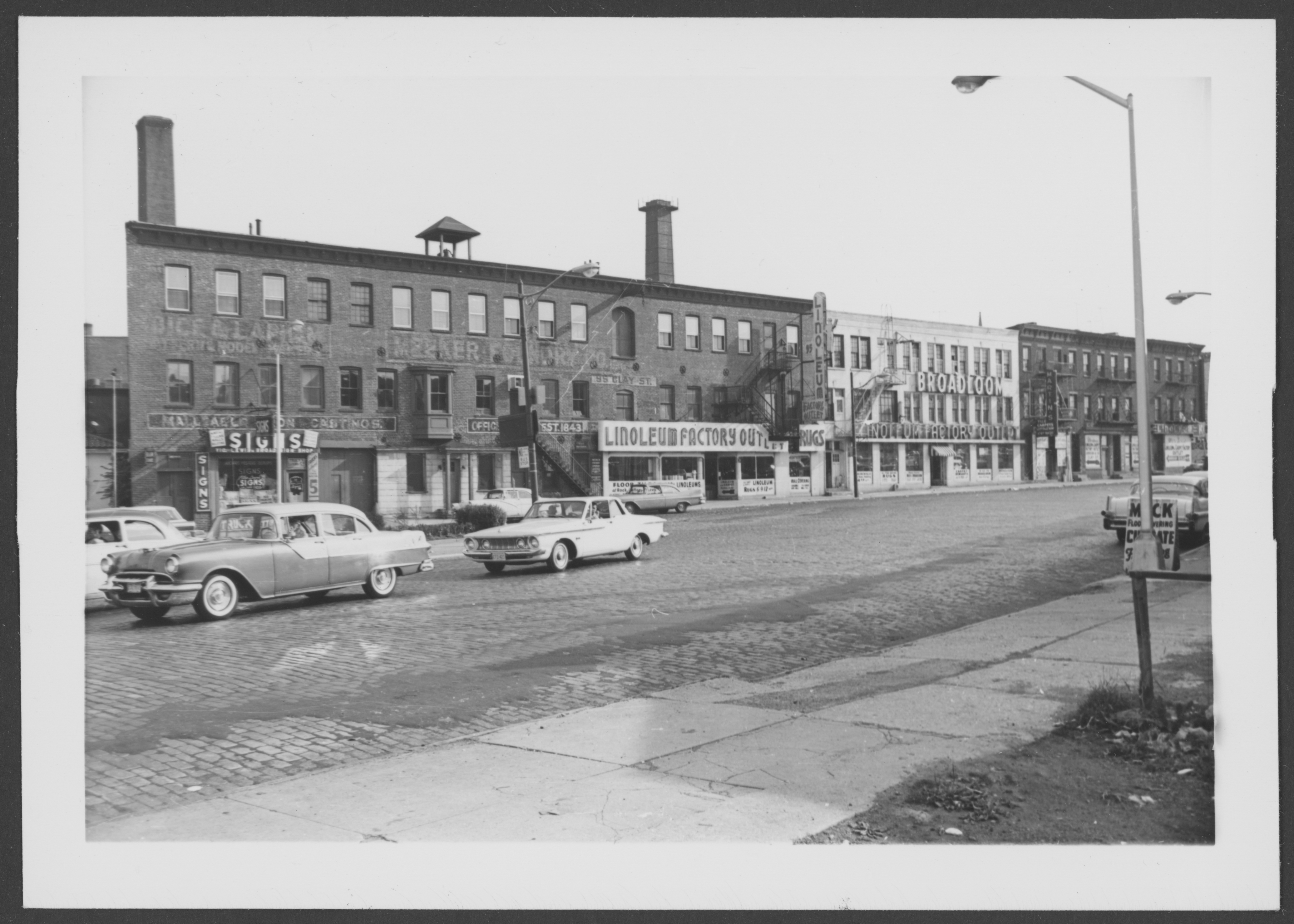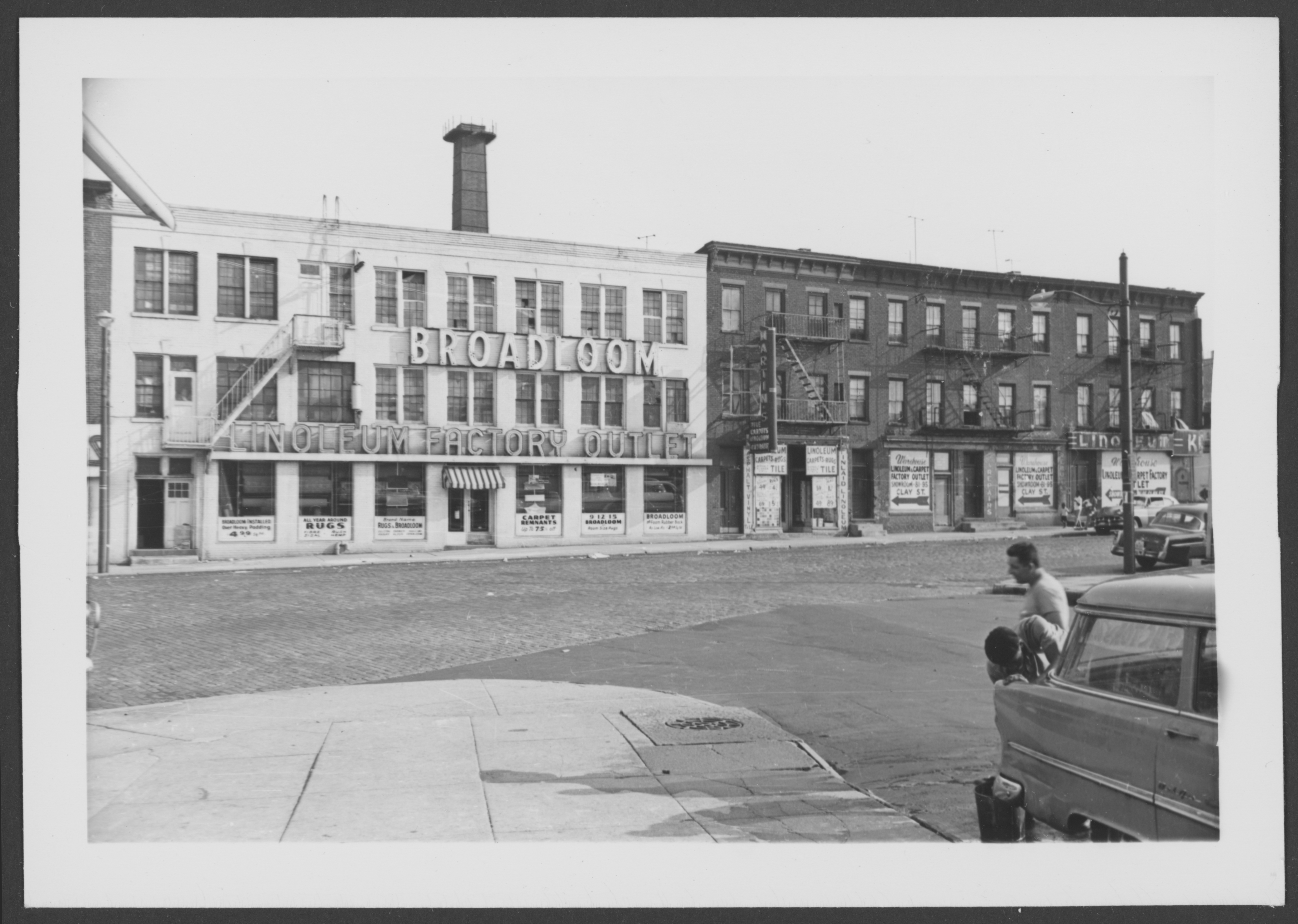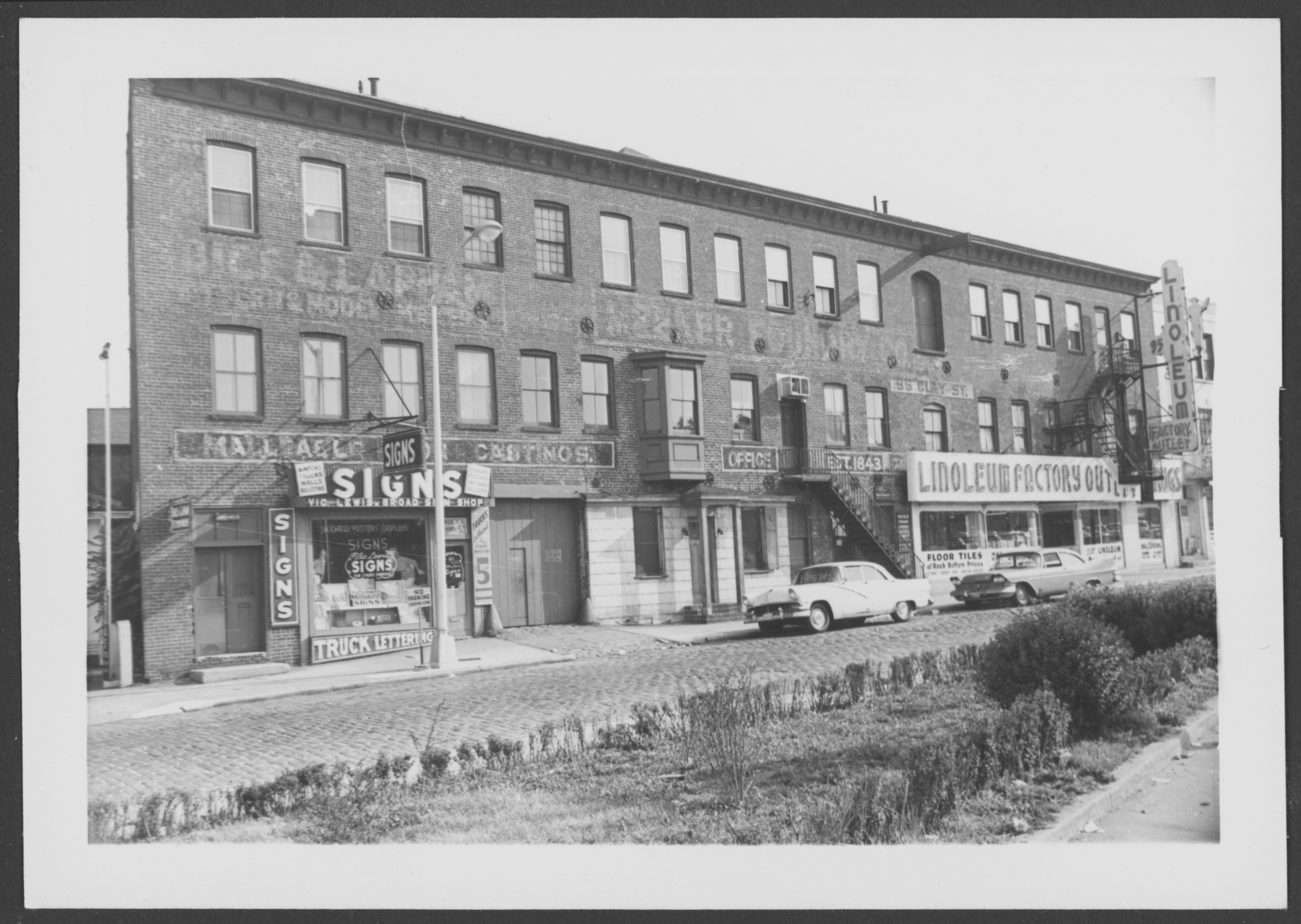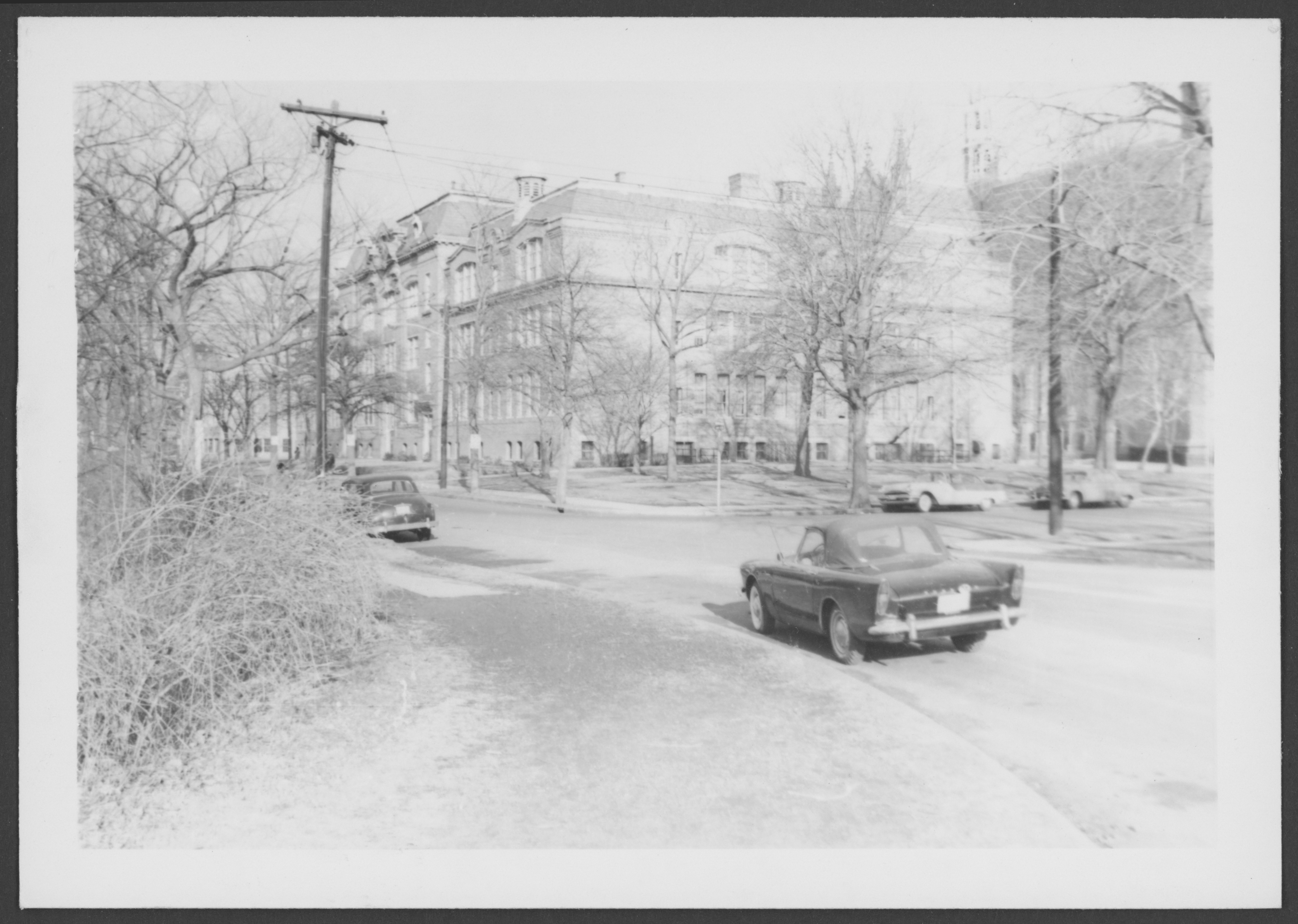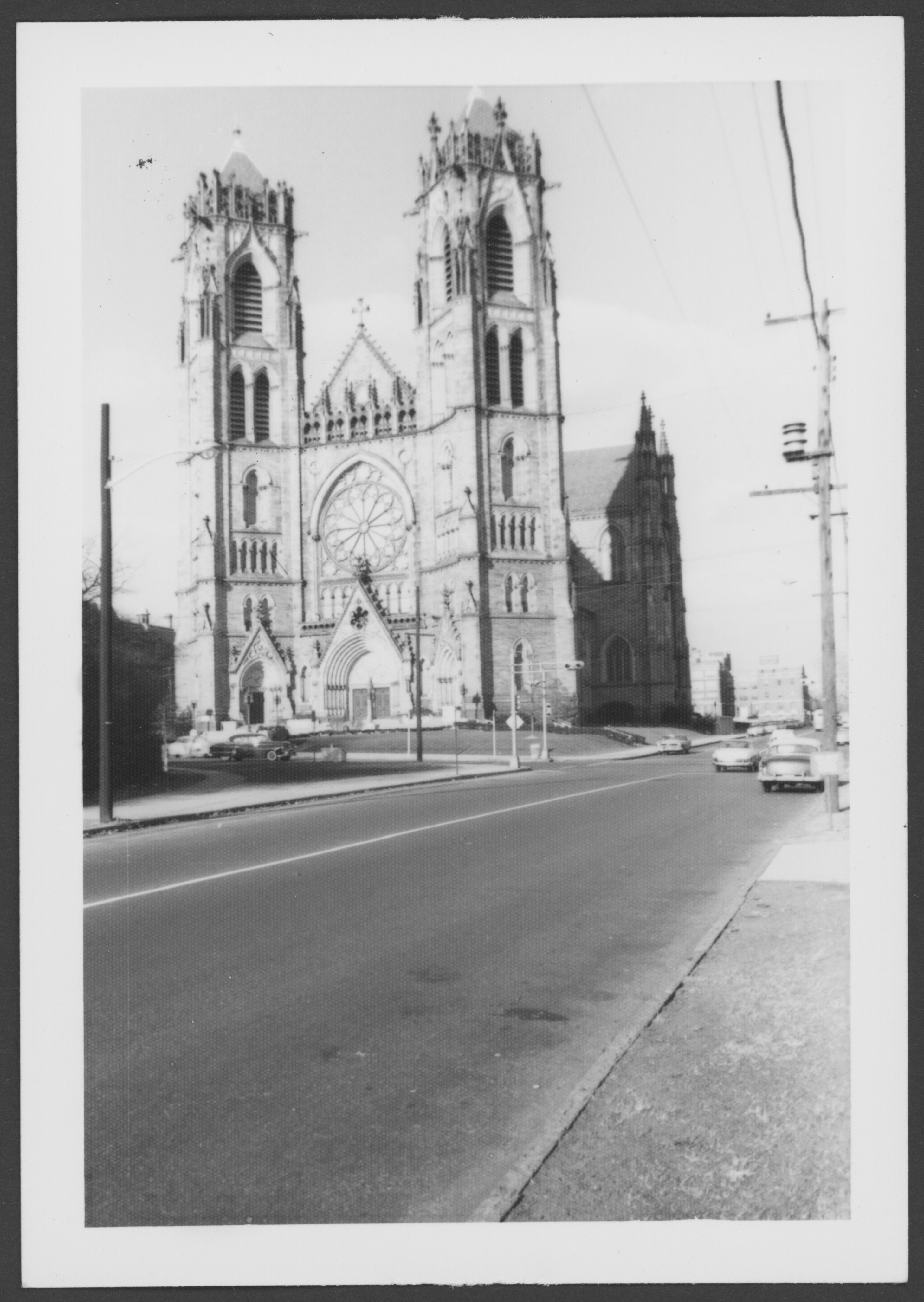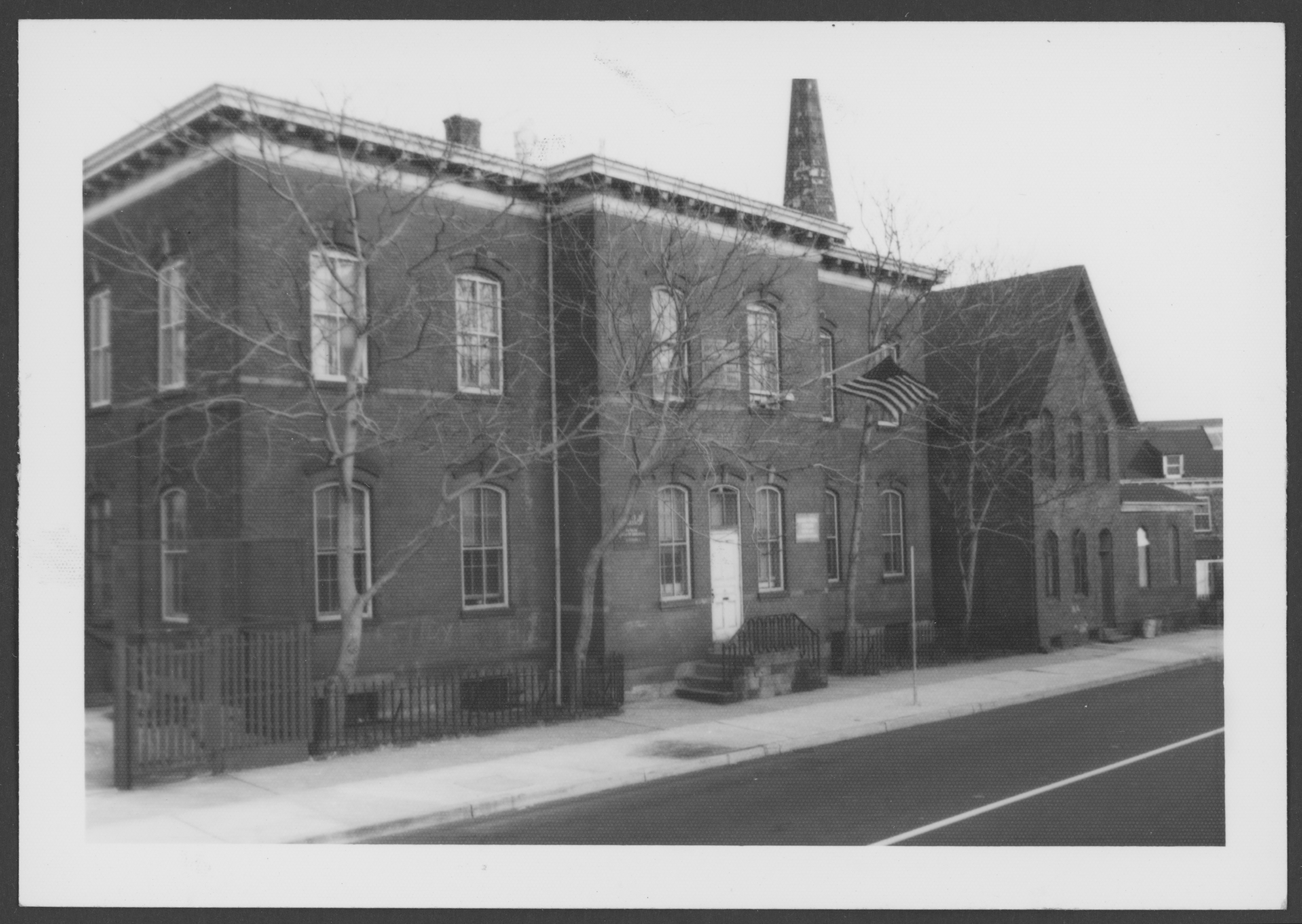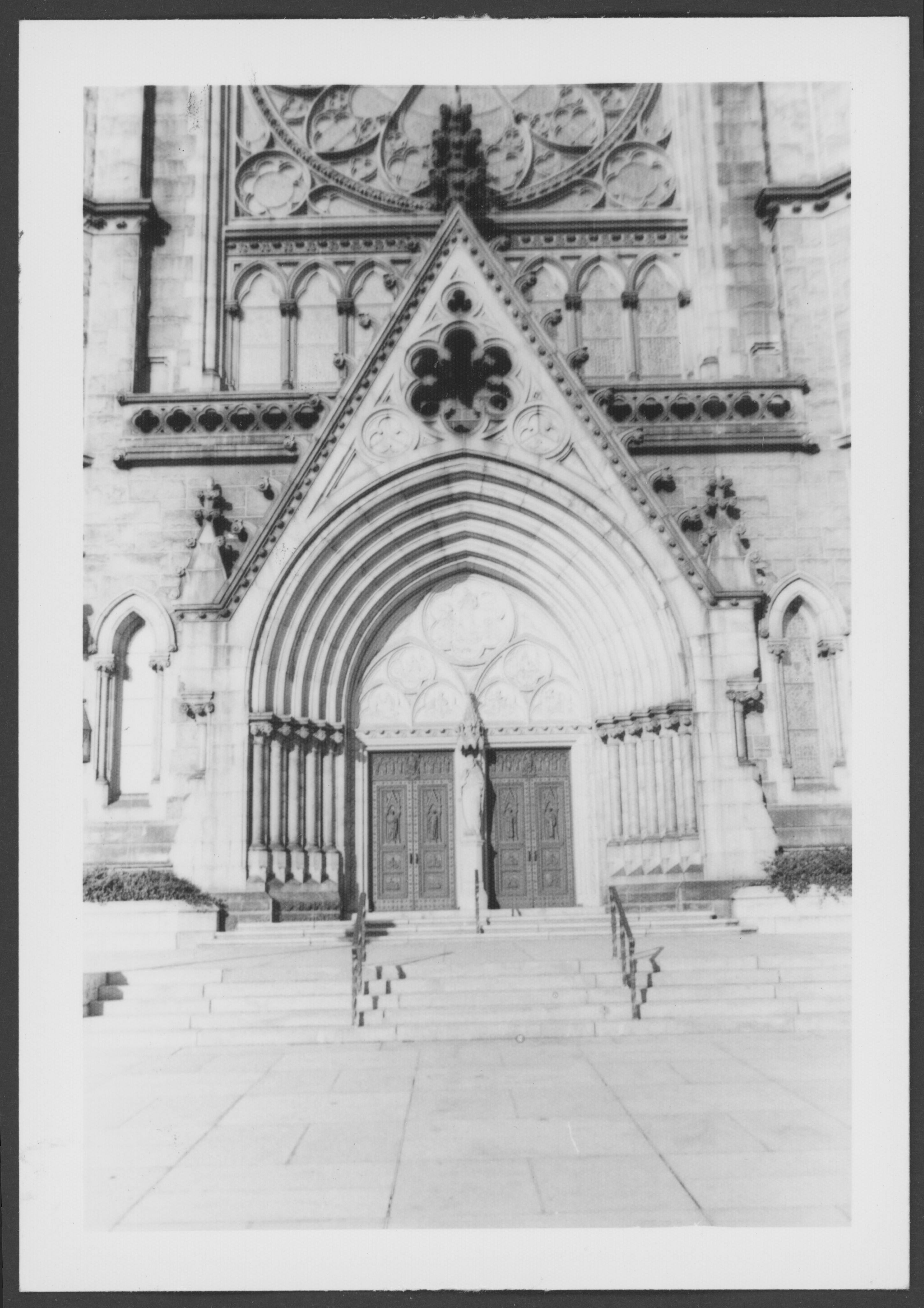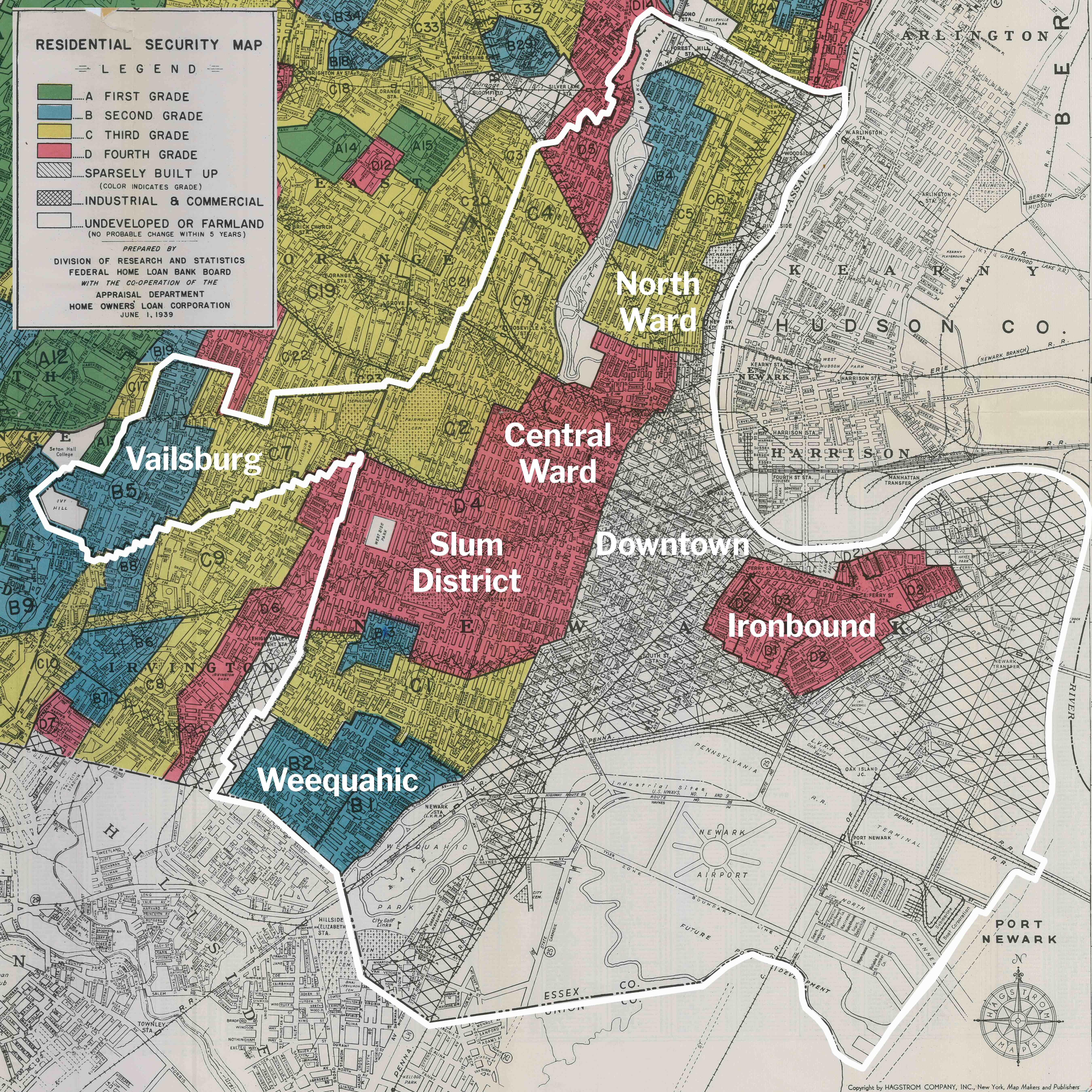-
Search by street name, not address
Is this a photo of the home you lost or a place you know?
Leave a comment with your memories.
Project lead: Myles Zhang
Research method, credits,
and notes on naming conventionsBrowse by significant street
Browse by subject
abandoned building american flag apartment building asphalt street auto shop awning baptist church bar barbershop bare tree bare trees bay window billboard billboards branch brook park brick road bridge building buildings bushes cars child children church cleaners coca cola sign commercial building corner building corner house corner store cross do not enter drugstore empty lot esso factory fence fire escape fire hydrant food market for rent furniture store garage gas station grocery store house jordan baris laundry liquor store lot luncheonette manhole cover man standing man walking men standing men walking multi level building multi level house no left turn no parking no right turn one way parked cars parking lot people standing people walking pepsi pepsi sign phonebooth picket fence porch post office mailbox railroad tracks restaurant row of buildings row of businesses row of cars row of houses row of trees Schenley school sidewalk store front street light street parked car street parked cars street sign sunoco tavern traffic light trash can trash cans tree trees truck utility pole utility poles woman walking women walking wooden fence
Noticed a mistake?
All photos were manually referenced to their contemporary locations. Contemporary street views correspond to camera angles of former photos, even though address naming conventions and house numbers may have changed.
If a photo is misplaced, contact mylesz@umich.edu with a link to the photo and description of the error.
Category: Lower Broadway
No comments
S side Clay St looking SW from McCarter Highway
#93-81 Clay St
Dee Kirk writes:
“I grew up one block from here on Stone Street in the 1940s, in a building that looked just like the ones here. My Italian mother worked on a sewing machine in a sweatshop. We lived in a long and narrow tenement. The innermost rooms had no natural light. But there were so many other children like me on the street. On Sundays, the Catholic nuns from St. Lucy’s would walk down the street ringing bells and calling all of us children to Sunday school. In the 1950s, all of Little Italy and my childhood home in Newark was demolished.”

